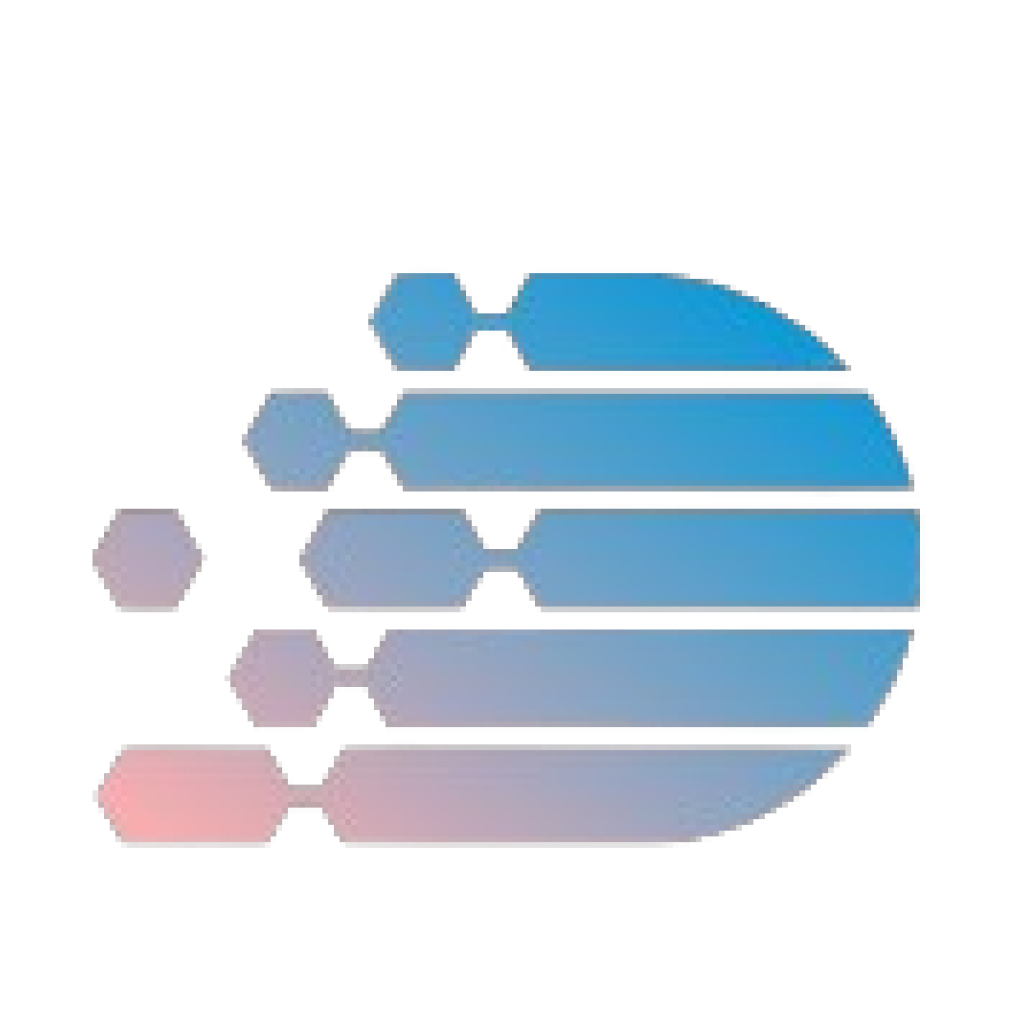Viction's ZeroGas Integration: Exploring How it works, Benefits and Use cases
 Antoni
Antoni
Not too long ago, I tweeted about Viction zerogas integration here. This article seeks to provide insight into how it works and the potential use case of this integration which developers can explore.
In the rapidly evolving world of web3, gas fees remain a significant hurdle for many users and developers. These fees, necessary for executing operations on the blockchain, can vary widely, sometimes becoming prohibitively expensive during periods of high network congestion. Recognizing this challenge, Viction has introduced an innovative solution: VIC ZeroGas Integration.
How it works
It works by requiring the owner of the VRC25 tokens to deposit VIC tokens into the VRC25Issuer contract. This deposit covers the gas fees for any transactions involving the VRC25 token, effectively shifting the burden of gas fees from the end-user to the token owner. This approach not only enhances the user experience but also promotes wider adoption by lowering the entry barrier for new users.
Breaking it down into steps, the ZeroGas Integration works as follows:
The process begins with the token owner depositing VIC tokens into the VRC25Issuer contract.
The token owner must register the VRC25 token by registering it at VICScan. This step is crucial for enabling gas sponsorship for the token.
Once registered, any transaction involving the VRC25 token will have its gas fees covered by the VIC deposit, allowing users to execute transactions without paying gas fees themselves.
The token owner must ensure that the VIC deposit is maintained. If the VIC balance is depleted, users will have to pay gas fees for their transactions until the owner replenishes the VIC deposit.
Benefits of VIC ZeroGas Integration
The benefits poised by this innovation can't be overstated. Some notable ones are:
Increased Adoption: Lowering the barrier to entry by eliminating gas fees can encourage more users and developers to adopt the VRC25 token, thereby expanding the ecosystem.
Simplified Onboarding: For new users unfamiliar with the concept of gas fees, VIC ZeroGas provides a smoother onboarding process, allowing them to interact with blockchain applications without the need to understand complex fee structures.
Cost Efficiency: By covering gas fees, VIC ZeroGas reduces the financial burden on users, making blockchain transactions more accessible and affordable.
Use Cases for VIC ZeroGas Integration
Decentralized Applications (dApps): Developers can use VIC ZeroGas to enhance the usability of their dApps by subsidizing gas fees, making it easier for users to interact with their applications.
Token Airdrops and Distributions: Projects can use VIC ZeroGas to facilitate token distributions or airdrops without imposing gas fees on recipients, ensuring a broader reach.
Gaming and NFTs: In blockchain-based games or NFT platforms, VIC ZeroGas can enable users to trade, purchase, or interact with digital assets without worrying about gas costs, enhancing the user experience.
Microtransactions: For applications involving microtransactions, VIC ZeroGas makes it feasible to conduct small transactions without gas fees consuming a significant portion of the transaction value.
Conclusion
Viction's VIC ZeroGas Integration is a groundbreaking feature that addresses one of the most significant pain points in the blockchain ecosystem: gas fees. By allowing token owners to cover these fees, VIC ZeroGas not only enhances the user experience but also encourages broader adoption and engagement with blockchain technology.
Subscribe to my newsletter
Read articles from Antoni directly inside your inbox. Subscribe to the newsletter, and don't miss out.
Written by

Antoni
Antoni
I am a CS Grad with a passion for learning, building and mentoring. Join me for technical tips, tutorials, and insights.